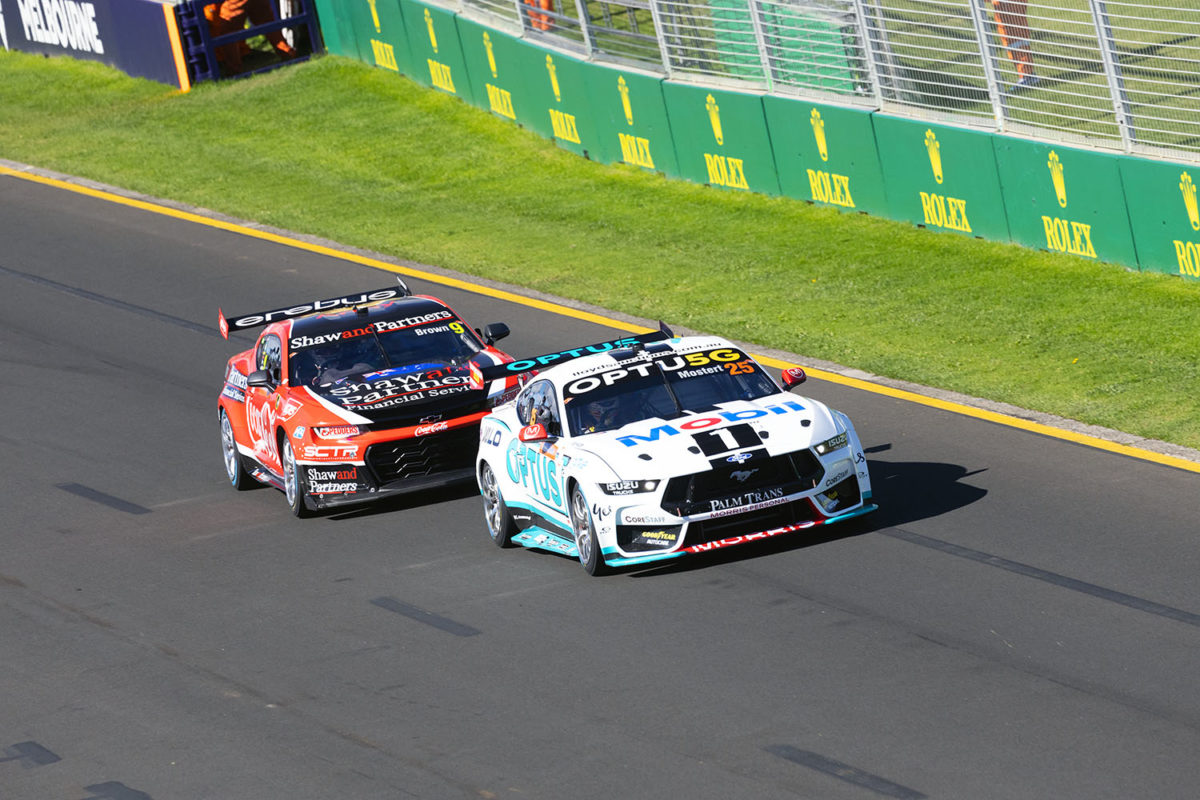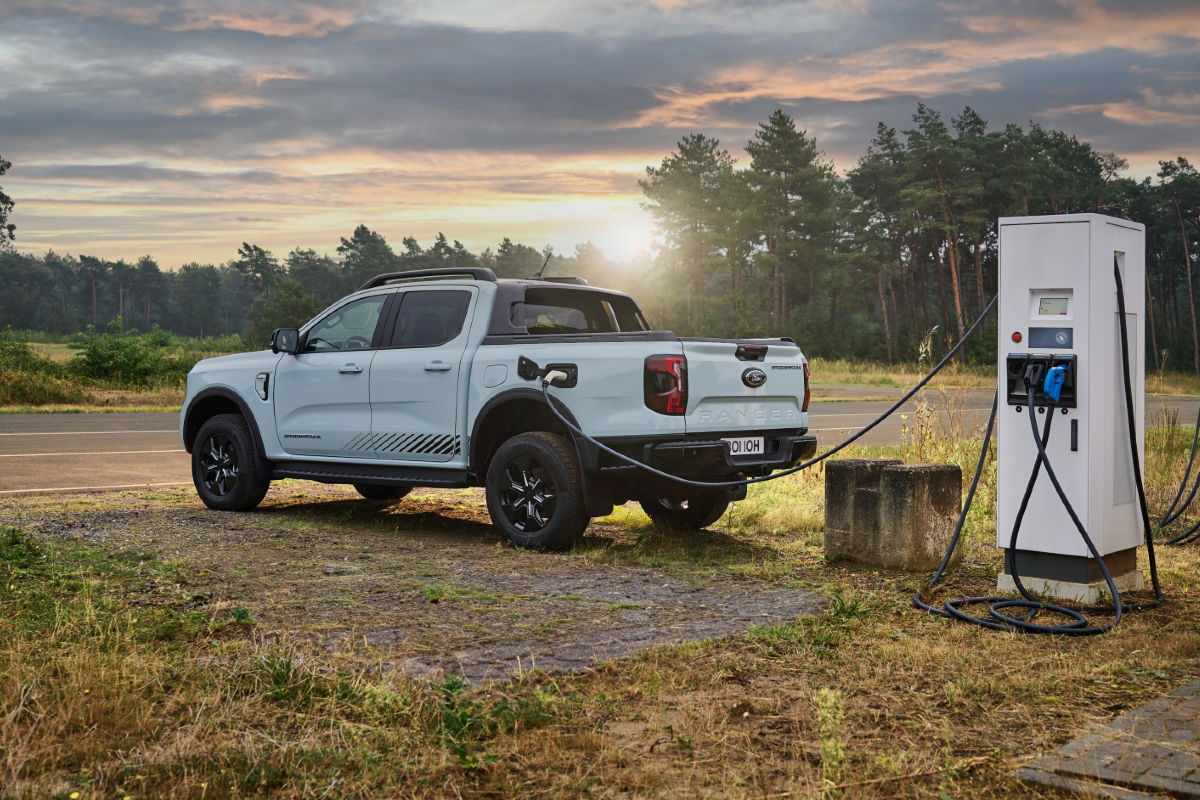

Supercars’ latest effort to quieten Gen3 parity critics will start in Melbourne today with formal centre of gravity tests on a representative selection of Camaros and Mustangs.
Up to nine cars have been held back following the Albert Park sprint races to undergo CoG measurements on a Supercars-devised rig at Tickford Racing in Campbellfield.
As Ford continues to question engine equality, finalising the centre of gravity positions of the Gen3 Camaros and Mustangs is the last official technical check to fine-tune chassis parity.
Supercars designated one car from each of the teams that built their own chassis to be made available for the CoG test, which will continue tomorrow.
On the Chevy side, Triple Eight, Erebus, BJR, Team 18 and MSR are bespoke constructors.
The Blue Oval builders are DJR, Tickford, WAU and BRT.
Exempt are PremiAir Racing and Grove Racing, using customer chassis.
It’s understood MSR may also have been given a waiver because of the heavy damage it suffered over the weekend.
According to Supercars head of motorsport Adrian Burgess, the plan is to measure the CoG of the Queensland teams’ cars first to enable them to return to base as soon as possible.
Centre of gravity – a hot issue early in the first season of the Gen2 Mustang in 2019, triggering the Supercars test regime – has so far been assumed as roughly equal amid the rush to get Gen3 over the line for the start of the season at Newcastle last month.
CoG had been determined by computer modelling, which Burgess is confident will be confirmed by the physical measurement.
“We have a very good picture of where it should be located,” he told Speedcafe.
The CoG measurement involves mounting the car, drained of fuel and oil, to the lifting rig from the right-hand side.
They are also configured with a prescribed ride height and suspension set-up.
Centre of gravity is important because it determines where chassis ballast for both models is located to ensure mass is distributed equitably.
This is additional to engine ballast, which has already been defined, with the pushrod Chev LTR carrying more weight up top than the overhead cam Ford Coyote.
The aim is to locate both car’s centre of gravity point at around 250mm above the track in the prescribed test configuration.
Meanwhile, Ford teams are still complaining that the Camaro has better engine response and top-end speed than the Mustang.
Discussions between now and the next round at Wanneroo Raceway in Perth at the end of the month will determine if further engine adjustments are required.




















Discussion about this post